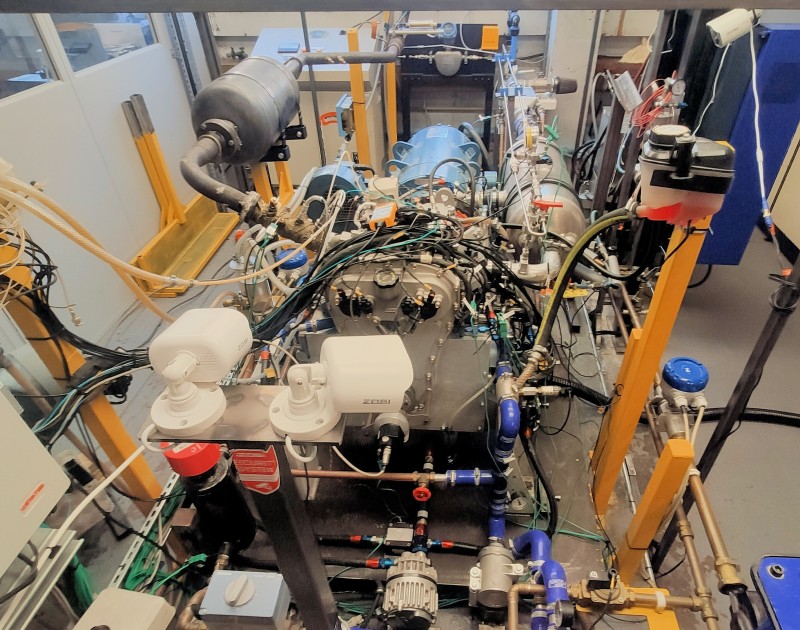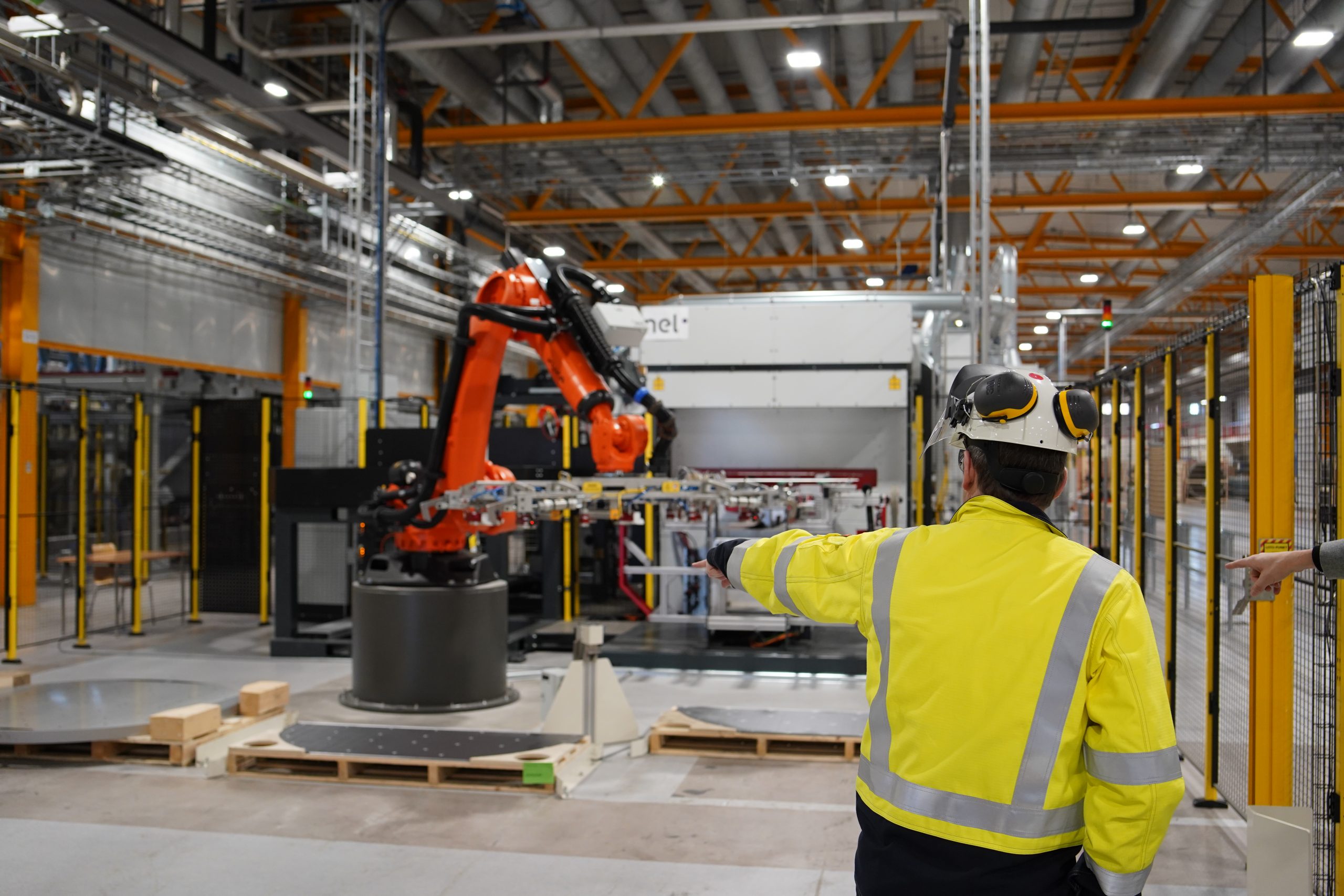Iberdrola and bp join forces in Europe
Iberdrola and bp will form a new joint venture focused on renewable hydrogen, ammonia and methanol production. Hubs in the UK, Spain and Portugal will be powered by new-build renewable energy, with the first project to be development of a renewable hub at bp’s existing Castellón refinery in Spain.









